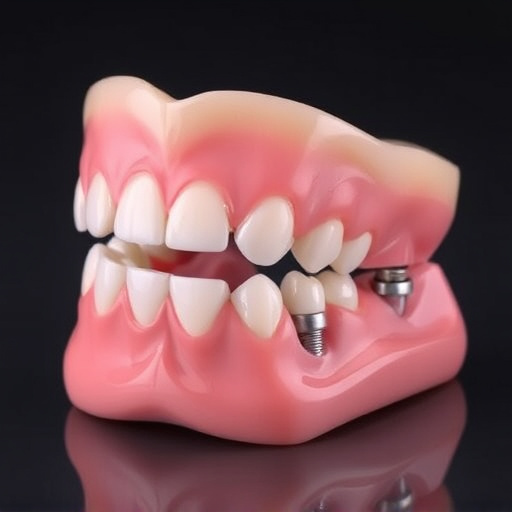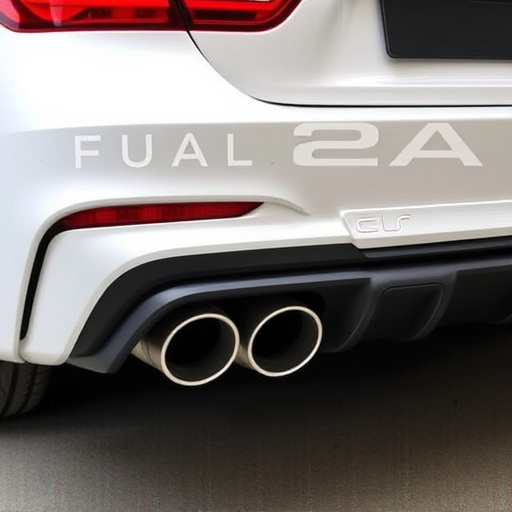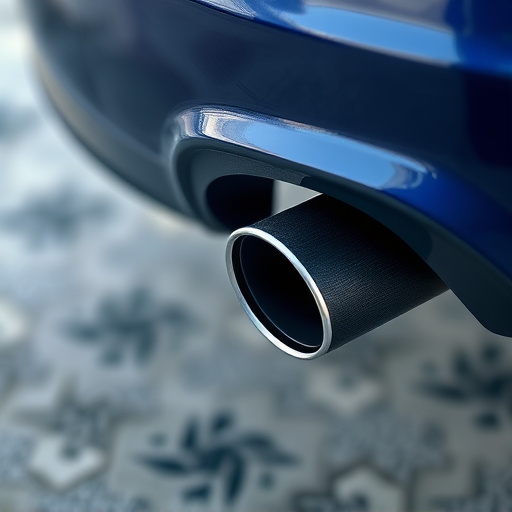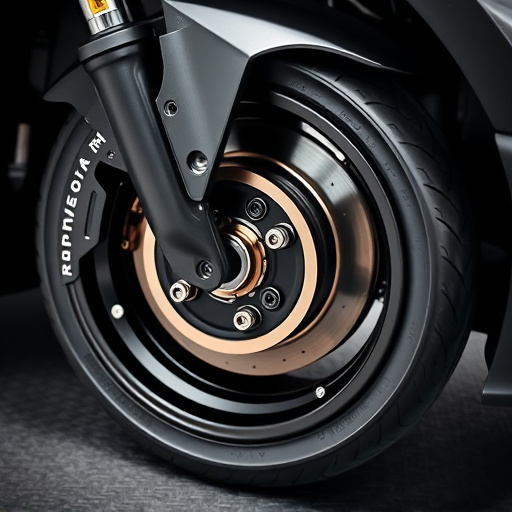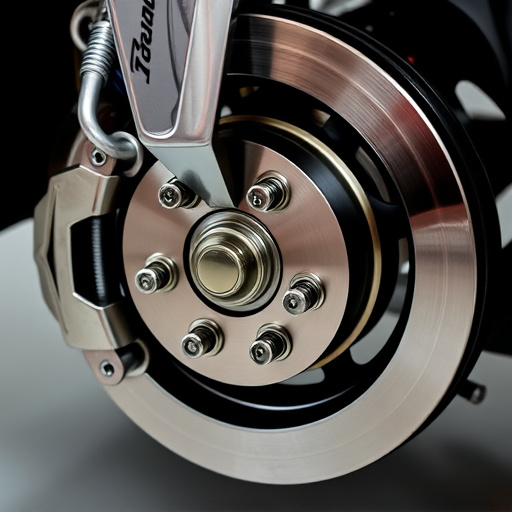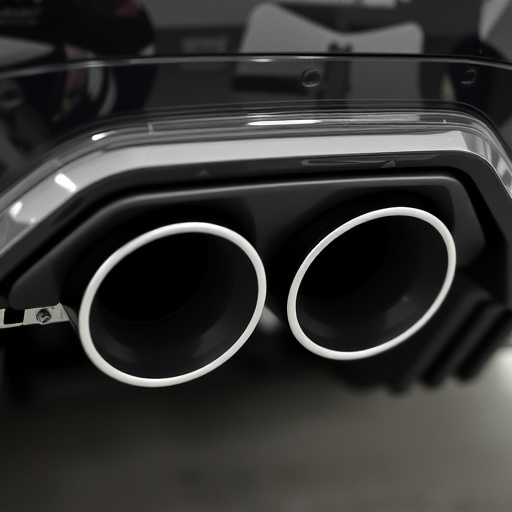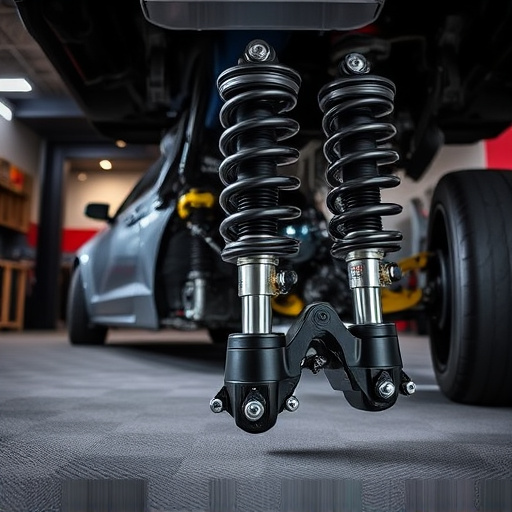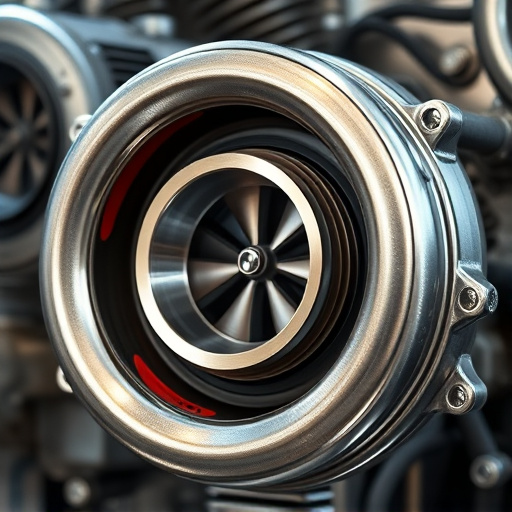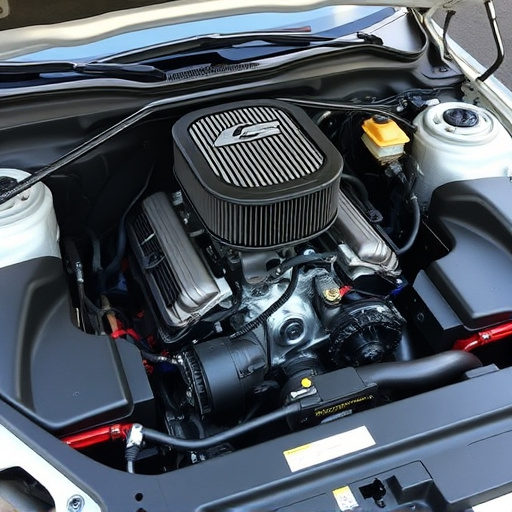Upgrading to a cold air intake (CAI) filter can enhance engine performance and fuel efficiency by drawing in cool, dense air, providing a richer oxygen-fuel mix. CAI systems cost between $X and $Y, depending on brand, quality, and vehicle compatibility. Optional upgrades like brake pads or suspension parts can complement the CAI but are not direct requirements. With a payback period of a few months, high-flow CAI filters boost horsepower, torque, and fuel efficiency, reducing maintenance costs and engine wear over time, especially in extreme climates.
Considering an upgrade to a cold air intake (CAI) filter? This guide breaks down everything you need to know. We explore the benefits and basics of CAI filters, dissect the financial investment involved in the upgrade, and analyze long-term savings potential. From performance gains to improved fuel efficiency, understand the payoff of this popular car modification. By the end, you’ll be equipped to make an informed decision about investing in a cold air intake filter.
- Understanding Cold Air Intake Filters: Benefits and Basics
- The Financial Investment: Cost Breakdown of Upgrades
- Long-Term Savings: Payback Period and Performance Impact
Understanding Cold Air Intake Filters: Benefits and Basics
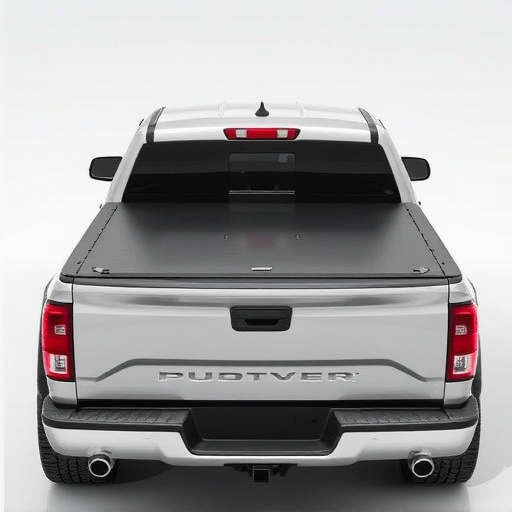
A cold air intake filter (CAI) is a direct upgrade to your vehicle’s engine, designed to improve its performance and efficiency. Unlike standard air filters that draw in warm, recycled air from the engine bay, CAIs pull in cold, dense air from outside, providing a richer mix of oxygen and fuel to burn. This simple modification offers several key advantages: enhanced power and torque, improved throttle response, and better overall engine performance.
The basic setup involves installing a large, high-flow filter housing typically located near the engine’s intake manifold. Air enters through a larger opening compared to standard filters, bypassing the confined space under the hood and thus reducing temperature. High-performance parts like these often come with sleek designs, enhancing both functionality and aesthetics. Additionally, some CAIs are accompanied by exhaust mufflers or cat-back exhaust systems for a complete engine tune-up, further boosting driving pleasure.
The Financial Investment: Cost Breakdown of Upgrades
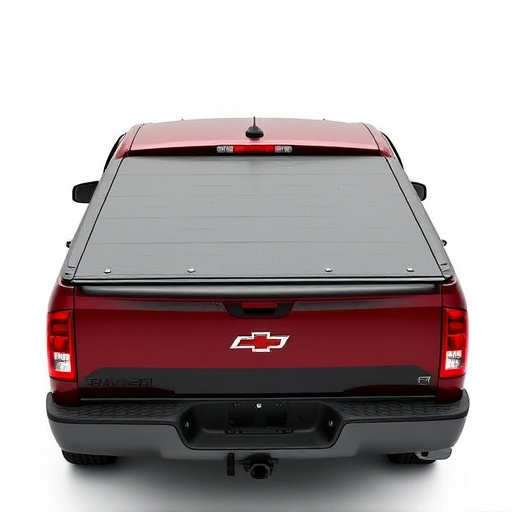
Upgrading to a cold air intake (CAI) filter involves a financial investment that requires careful consideration. The cost breakdown includes both direct and indirect expenses, with the primary component being the CAI system itself, which can range from a few hundred to several thousand dollars, depending on brand, quality, and vehicle compatibility. This upfront expenditure is offset by potential fuel savings and improved engine performance, as a high-flow CAI allows for better oxygen intake, enhancing combustion efficiency.
Beyond the CAI, other components like brake pads, muffler tips, and suspension parts may also be candidates for upgrading to complement the new filter. While these are not direct necessities for optimal CAI functionality, they can contribute to overall vehicle health and driving experience. The financial decision to include these additional upgrades is a personal choice, influenced by budget, desired performance gains, and long-term maintenance considerations.
Long-Term Savings: Payback Period and Performance Impact
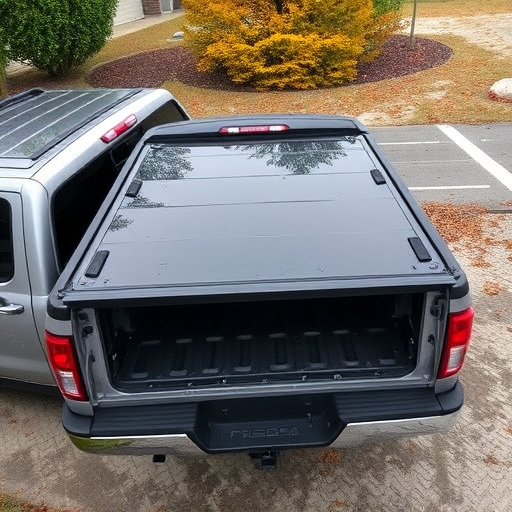
Upgrading to a cold air intake (CAI) filter can bring significant long-term savings, making it a worthwhile investment for vehicle owners. The payback period for this modification is relatively short, especially when considering the potential performance gains. A high-flow CAI filter can improve engine ingestion, leading to increased horsepower and torque output—a benefit particularly noticeable in vehicles with performance exhaust systems and suspension kits designed for enhanced handling.
Over time, these performance improvements can translate into better fuel efficiency and reduced maintenance costs. By keeping the engine cool and clean, the CAI filter prevents premature wear and tear on vital components, thereby extending the lifespan of your engine. This is particularly beneficial in regions with extreme climates, where engines are subjected to higher operating temperatures.
Upgrading to a cold air intake (CAI) filter can significantly enhance your vehicle’s performance, offering improved horsepower and torque. While the initial cost of installation might be a consideration, long-term savings in fuel efficiency and reduced maintenance make it a worthwhile investment. By understanding the benefits and financial implications outlined in this article, you can make an informed decision about incorporating a CAI filter into your automotive upgrades.

